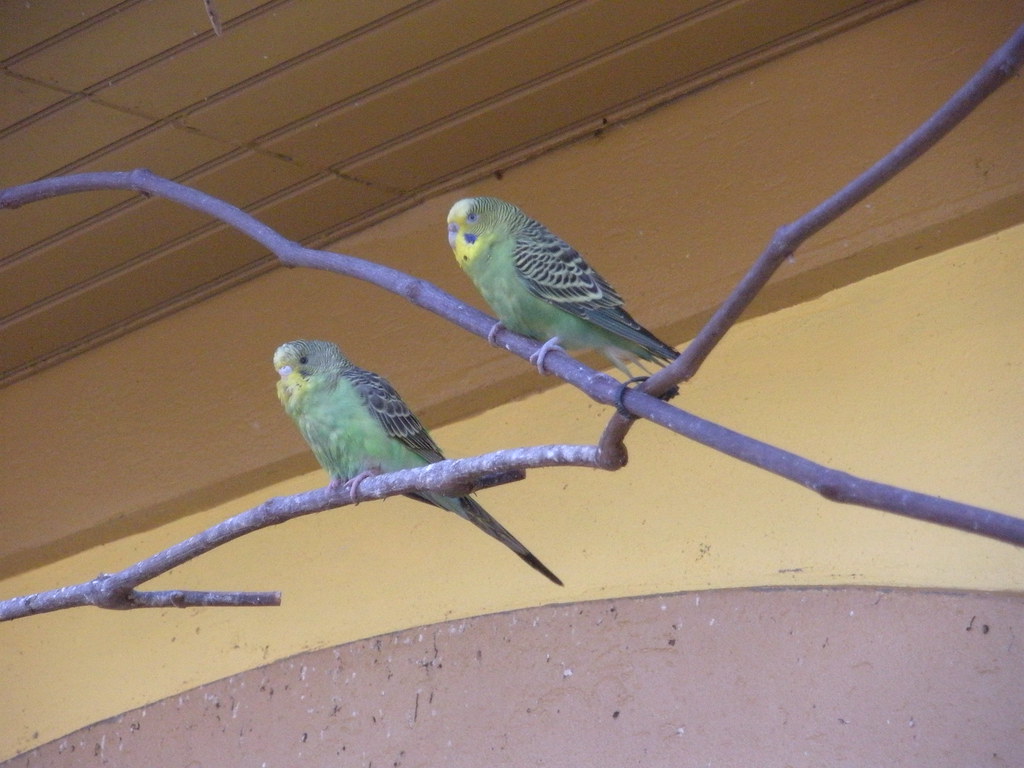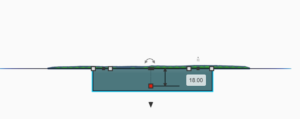Building an Outdoor Aviary For Parakeets

Table of Contents
Building An Outdoor Aviary For Parakeets
It is important to prepare the area of your yard where you are going to be building an outdoor aviary for parakeets. You should cut away trees shrubs and bushes. In addition, make sure that you cut away the grass in the area where you are going to put your aviary. Mark the dimensions of the area with chalk.
If you are going to build a wooden aviary, it is best to select treated wood to make the structure as durable as possible. This will extend the lifespan of your aviary and ensure it is less subject to the elements. As always, safety first! Before to ask the merchant to make sure the wood is safe for wildlife.
You should buy the highest quality materials that you can afford. Trying to skimp on supplies in the planning stage may mean your aviary will not last as long. For example, stainless steel aviary mesh may be more expensive, but you can’t beat it for durability. This is especially important for parakeets, which are known to gnaw and chew. Stainless steel is also the safest material for your birds. Cheaper materials may rust, which can be harmful to your birds.
Constructing the Frame of The Aviary
If you have ever built an aviary frame for other types of birds, or even a chicken coop, the principles will be similar. It is best to use joints to fasten the parakeet aviary frame together. Joints are more secure nails, and will keep the frame more stable. Lay the frame on the ground to prepare it for the aviary mesh. Unroll the aviary mesh, and ensure that the end of the roll is parallel with the edge of the frame. Fasten this end of the mesh in place, and then begin unrolling the mesh.
As you unroll the mesh, make sure you keep it level with the aviary frame. Use a wire cutter to cut the mesh off the roll, and be careful to minimize the possibility of any loose ends because these lead to injuries to your birds.
Once you have take care of the loose ends, and when the mesh is perfectly parallel, you can then staple the mesh to the wooden frame. Always remember that that side of the frame to which the mesh is fastened will face the inside of the aviary. This will make is less likely that your parakeets will gnaw on the wood.
The Aviary Foundation
If you are planning a wooden aviary for parakeets, it is a good idea to place it on a concrete foundation. This will help hold the aviary in place, but it will also help prevent the wooden structure from rotting. You can achieve this by digging a hole of about 18 inches into which you can pour concrete.

You will then place concrete blocks into this filled ditch. The blocks are what will hold the aviary frame in place and will rise about 1 foot off the ground.
A Cement Aviary Floor
We have written about the importance of a good aviary floor covering, and it is one of the most important decisions you will make when building an outdoor parakeet aviary. Selecting the right floor covering will prolong the life of your aviary, and doing so now is prudent. Before your aviary is fully constructed, you will have full access to the floor area, so planning is much easier.
For the many reasons we’ve outlined before, we recommend a concrete floor. This will make your aviary much easier to clean will prevent rot, unlike grass or dirt floors. Concrete aviary floors are also great because they prevent disease from taking hold. Pathogens and parasites will find soil aviary floors a hospitable habitat. With a concrete floor, you will give no such opportunities. Concrete floors also make it next to impossible for predators to borough their way into the aviary.
If you opt for a concrete floor, it is imperative to provide good drainage. You can achieve this by making drainage holes at one end of the aviary and slope the floor towards the hole. Once the birds are in the aviary, you’ll need to make sure they don’t become blocked. In addition, the drainage holes should not provide an entrance way for predators.
Building An Outdoor Aviary For Parakeets – A Gravel Floor
Gravel is one alternative we can recommend for an aviary floor. You can cover the floor with a layer of gravel about 12 inches thick. For easier cleaning, you can place concrete under perches, or in other areas where more droppings may land. Gravel generally provides good drainage. However, for even better drainage, you can make a hole in the concrete beneath the gravel.
Constructing The Parakeet Aviary
Before you build the roof of your aviary, you should erect one side and one end of the structure. This will provide adequate stability when you construct the roof, the remaining sides and the other end. Place the ends and the sides on the concrete blocks. You should use frame fixings to fasten the wooden structure to the concrete base.
The best type of roof is one that slopes for better drainage. Add a layer of protection between the roofing material and the structure itself. Roll roofing is idea for this purpose. You can used corrugated plastic roofing material for the roof and the gutters. Secure the roofing in place by using a wooden frame.
Once the structure is in place, only then should you add the doors.
More Tips For Building an Outdoor Aviary For Parakeets
Once you have finished building an outdoor aviary for parakeets, you will be able to add perches and other practical items that will keep your birds happy and healthy. If you add perches, the ends should always be secured on the wooden parts of the structure and never the wire mesh. You can also place some branches in a container in the aviary. The birds will be able to use them as perches. You can also add living plants to your aviary to provide additional perching opportunities.
Of course, you will need to provide food and water to your parakeets. It is best to do so in the enclosed area of the aviary. This way, food and water is more likely to remain away from predators, and food is less likely to become wet and moldy. For best rests, food hoppers are great options for parakeet aviaries. For water, you can get special water containers that will ensure the water supply is always pathogen free.

 Price: $ 10.90
Price: $ 10.90










